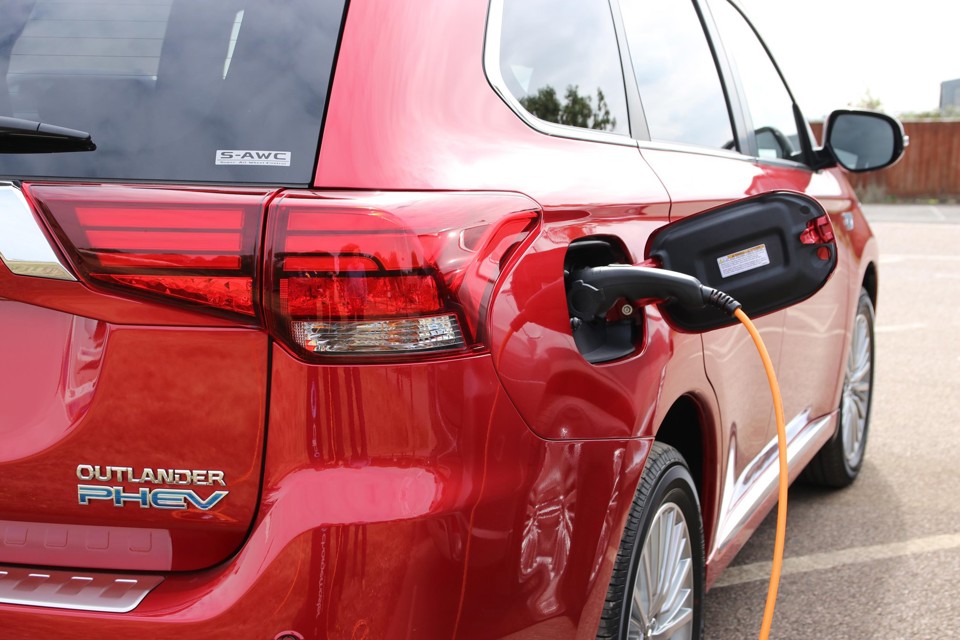The mass adoption of hybrid vehicles is the most efficient way to lower global vehicle CO2 emissions amid a shortage in the supply of batteries to full electric vehicles (EVs), according to Emissions Analytics.
With automotive battery capacity currently scarce, expensive and suffering supply problems, the deployment of this limited resource is critical to maximising CO2 reduction, the independent specialist for the scientific measurement of real-world emissions said.
“One of our biggest challenges is fleet turnover, with vehicles staying on the road typically for up to 12 years,” explains Nick Molden, chief executive of Emissions Analytics.
“It means that refreshing the entire fleet is a very slow process. Given reservations about current BEVs, we require an alternative that will have a more immediate impact.
“Due to CO2’s long life in the atmosphere, a small change now is far better than a large change in the future.
“We need to optimise the use of the industry’s available battery capacity to facilitate a critical early reduction.”
Emissions Analytics said that its extensive real-world testing of electrified vehicles had found that hybrids, whether in gasoline or diesel form, offer the highest CO2 reduction per kWh across all electrified powertrains.
Using mild, full and plug-in hybrid real-world emissions test data, from both European and US vehicles, Emissions Analytics compared hybrids with their internal combustion engine equivalents.
Using the company’s standardised on-road cycle, it determined the average CO2 reduction from hybridisation was 23% for the EU and 34% for the US, with an average of 30% across all pairings.
Emissions Analytics then calculated the distance-specific CO2 reduction per unit of battery size (capacity), in g/km/kWh, for mild, full, plug-in hybrids and BEVs.
The results indicated that mild hybrids are the most efficient way to reduce CO2, given limited global battery capacity.
With a reduction of 73.9g/km/kWh, the technology was a clear favourite, with full hybrids coming in second at 50.5g/km/kWh.
“Due to their disproportionately large batteries, BEVs were the worst of the available options, with a mere 3.5g/km/kWh reduction”, Emissions Analytics said, adding: “The size of BEV batteries tends to be large to accommodate infrequent, extreme use cases – like high-mileage trips, not often undertaken by average drivers – and do not make the best uses of limited supply.”
The tests calculations did not take into account the upstream CO2 in fuel extraction, refining and transportation, or the production and distribution of electricity.
Emissions Analytics said: “Some studies suggest the upstream CO2 of electricity is greater than for gasoline, but the relative efficiency calculations here implicitly assume they are equal.”
Molden said: “Electrification has proved to be a promising path to reducing tailpipe emissions.
“The most extreme form of the technology – fully-electric vehicles – are often hailed as the solution.
“Paradoxically, full BEVs appear to be a highly inefficient way to achieve an urgent and meaningful CO2 reduction.
“With supply chain issues and consumer acceptance challenges including range and price, there is cause to investigate alternative use of our limited battery capacity.”















Login to comment
Comments
No comments have been made yet.